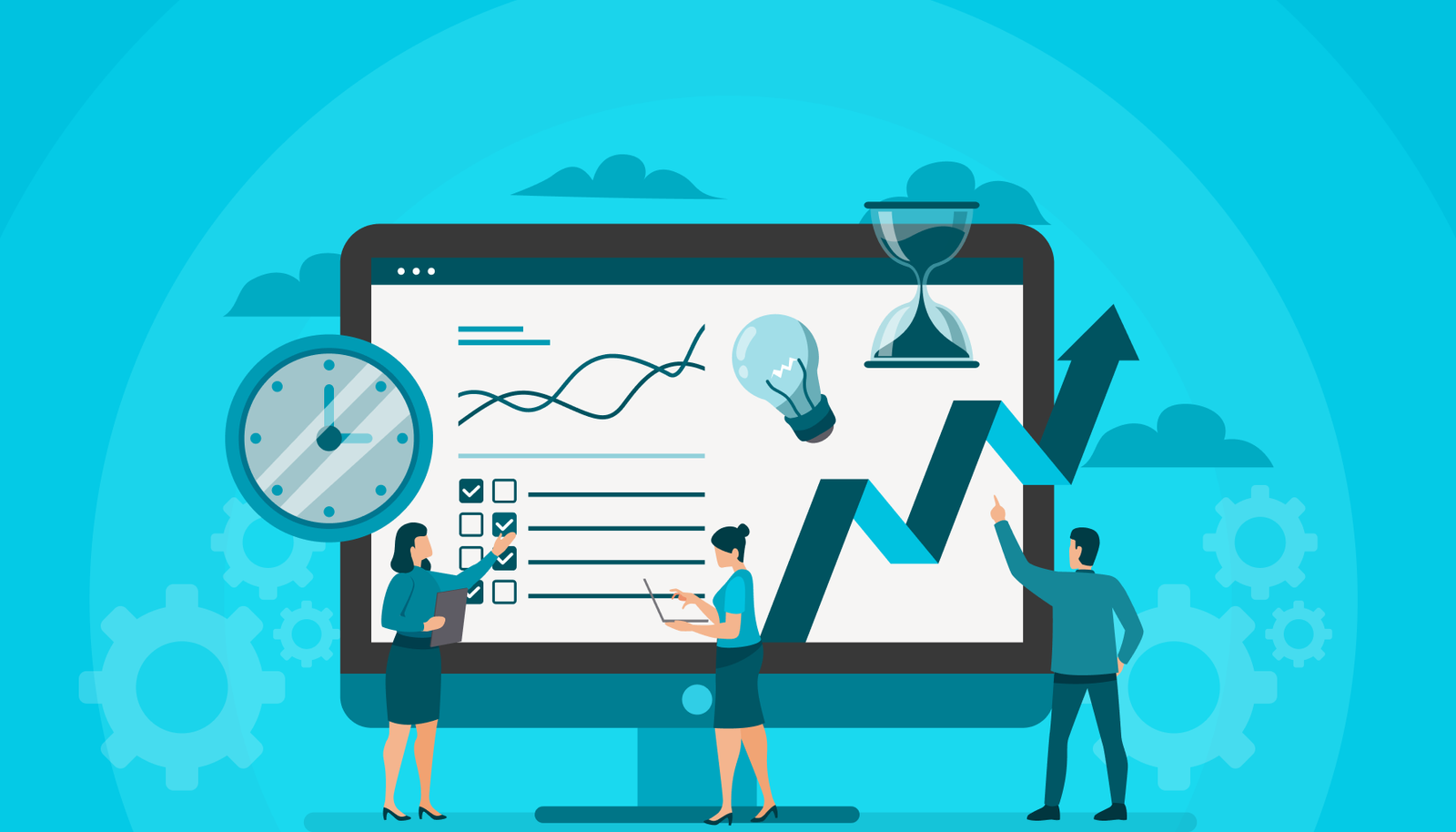Introduction
In today’s competitive business environment, organizations must actively create demand for their products and services. A well-crafted demand generation strategy ensures that businesses attract, engage, and convert potential customers while building long-term brand equity.
Unlike traditional marketing, demand generation takes a holistic approach by leveraging data-driven insights, strategic content marketing, and multi-channel engagement to educate prospects and guide them through the buying journey. This article provides business leaders with an in-depth look at demand generation strategies, their impact, and the tools necessary to implement them effectively.
Why Demand Generation is Crucial for Business Success
1. Establishing Market Presence
- Strong demand generation efforts position your brand as an industry leader.
- Consistently providing valuable content increases brand visibility and trust.
2. Improving Sales Efficiency
- Aligning marketing and sales efforts ensures a smoother customer journey.
- Nurtured leads result in shorter sales cycles and higher conversion rates.
3. Strengthening Customer Relationships
- Demand generation isn’t just about acquiring new customers—it’s about creating lasting relationships.
- Engaging customers post-sale builds loyalty and increases customer lifetime value (CLV).
4. Enhancing Revenue Growth
- Data-driven demand generation ensures resources are allocated efficiently to the highest-yielding strategies.
- Businesses that invest in structured demand generation programs see higher ROI and sustained revenue growth.
Key Demand Generation Strategies for Businesses
1. Content Marketing for Business Growth
Content marketing is the foundation of demand generation. High-value content educates potential buyers and builds credibility.
- Thought Leadership Articles: Position your executives as industry experts.
- Case Studies & Whitepapers: Showcase success stories and data-driven insights.
- Webinars & Virtual Events: Engage your audience with live discussions and expert panels.
2. Data-Driven SEO & Digital Presence
To generate demand, businesses must ensure they are discoverable.
- SEO Optimization: Rank higher in search results through keyword and technical SEO improvements.
- Paid Search (PPC): Target high-intent prospects actively searching for solutions.
- Retargeting Ads: Re-engage visitors who previously interacted with your brand.
3. Account-Based Marketing (ABM) for High-Value Clients
ABM helps businesses focus their efforts on high-value enterprise accounts.
- Personalized Outreach: Custom marketing campaigns tailored to specific accounts.
- Multi-Channel Engagement: Leverage email, LinkedIn, and industry events.
- Executive-Level Content: Offer C-suite insights and solutions.
4. Email Marketing & Lead Nurturing
- Segmented Campaigns: Customize messaging based on audience behavior.
- Lead Scoring & Automation: Prioritize leads with the highest intent.
- Drip Email Campaigns: Keep your audience engaged with consistent value.
5. Leveraging Social Media for Demand Generation
- LinkedIn for B2B Engagement: Share insights and thought leadership articles.
- Influencer Collaborations: Work with industry leaders to expand reach.
- Live Q&A & Interactive Content: Enhance customer engagement through interactive formats.
Essential Tools for Demand Generation Success
Marketing Automation & CRM Tools
- HubSpot & Marketo: Streamline marketing automation and lead management.
- Salesforce & Pipedrive: Enhance sales tracking and customer relationship management.
SEO & Analytics Tools
- Google Analytics & SEMrush: Monitor website traffic and optimize digital performance.
- Ahrefs & Moz: Improve search rankings through keyword and backlink analysis.
ABM & Email Marketing Tools
- Terminus & Demandbase: Execute ABM strategies at scale.
- Mailchimp & ActiveCampaign: Automate email marketing campaigns and segmentation.
Best Practices for Business Demand Generation
1. Align Sales and Marketing Teams
- Establish shared goals and KPIs between marketing and sales.
- Use a CRM to track and nurture leads effectively.
2. Optimize Personalization & Customer Experience
- Utilize data analytics to create tailored messaging for different audience segments.
- Ensure a seamless omnichannel experience across web, email, and social.
3. Leverage AI & Predictive Analytics
- Implement AI-driven tools to predict customer intent and automate lead scoring.
- Use data insights to refine marketing strategies in real-time.
4. Measure, Analyze, and Improve
- Track performance using key metrics such as lead conversion rates and cost per acquisition.
- Continuously optimize content and campaigns based on data-driven insights.
Conclusion
Demand generation is a critical driver of business growth, fostering awareness, engagement, and long-term customer relationships. By implementing data-backed strategies, leveraging the right tools, and aligning teams effectively, businesses can create a sustainable demand generation engine that leads to scalable success.
Start refining your demand generation strategy today to accelerate business growth and market leadership! 🚀

